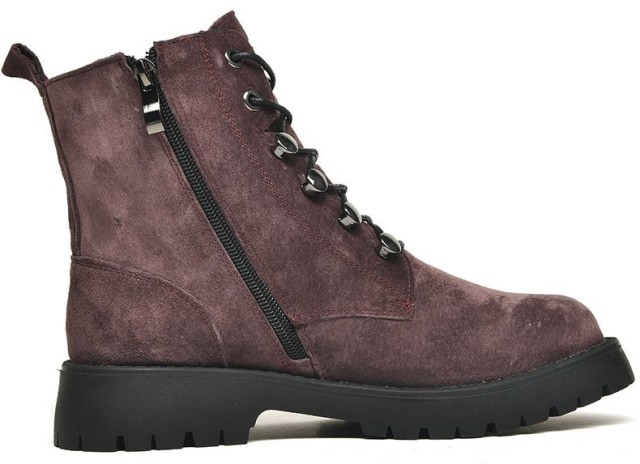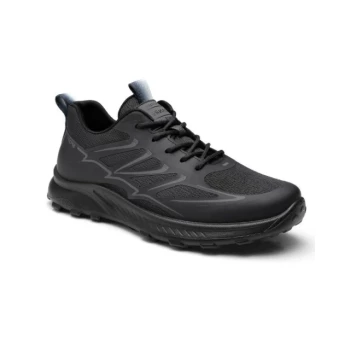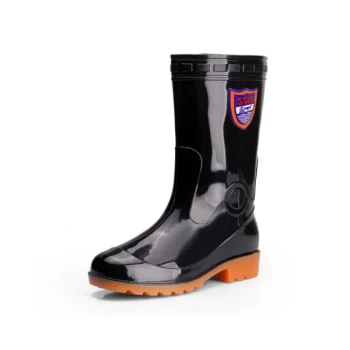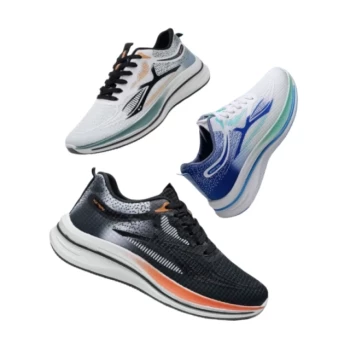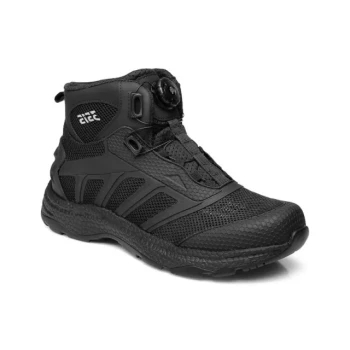Premium footwear often comes with a premium price tag—but what if those shoes could pay for themselves over time? Goodyear welted construction isn’t just a mark of craftsmanship; it’s a financial strategy. Here’s how the engineering behind these shoes transforms resoling into a long-term cost advantage.
The Science Behind Resoling Durability
Anatomy of a Goodyear Welt: Stitching, Channeling, and Material Synergy
Goodyear welts use a leather strip stitched to the shoe’s upper and insole, creating a platform for the outsole to attach. This isn’t just stitching—it’s a system:
- Double-stitched seams reinforce the bond between layers.
- Channeled edges protect stitching from abrasion.
- Material synergy allows leather and thread to flex without weakening.
Research shows this construction can withstand years of wear before needing resoling, unlike glued (cemented) soles that degrade unpredictably.
Why the Welt Matters: Stress Distribution and Non-Invasive Sole Replacement
The welt acts like a suspension bridge for your feet:
- Redirects pressure away from critical seams, preventing upper damage.
- Enables non-invasive resoling: Cobblers detach/replace soles without harming the upper.
- Blake-stitched shoes (stitched directly to the sole) lack this buffer, leading to earlier failures.
"A well-made Goodyear welted shoe can be resoled 5–7 times," notes a heritage cobbler. The upper leather often outlasts the original owner.
Practical and Financial Benefits
Resoling Process Demystified: From Cobbler Workshops to Industrial Machines
Resoling isn’t a compromise—it’s a revival:
- Inspection: The welt and upper are cleaned and assessed.
- Sole removal: Stitches are carefully cut; the old sole is peeled off.
- Reconstruction: A new sole is stitched to the existing welt.
Industrial resoling (used by brands like 3515) cuts labor costs by over 30% versus artisanal methods, making bulk resoling feasible for distributors.
Cemented vs. Welted: A 10-Year Cost Comparison
| Factor | Cemented Shoes | Goodyear Welted |
|---|---|---|
| Initial Cost | $80–$120 | $250–$400 |
| Resole Cost | N/A (Replace entirely) | $40–$80 per resole |
| Typical Lifespan | 1–3 years | 10+ years (5+ resoles) |
| Total 10-Year Cost | $400+ (4 pairs) | $290–$600 |
Assumes 2-year cemented shoe lifespan and 3-year resole intervals for welted.
Welted shoes break even after 6–8 years and become cheaper thereafter. For bulk buyers like retailers, this reduces inventory turnover costs.
Sustainability Case Studies: Heritage Brands and Lifetime Shoe Programs
- Patagonia of Footwear: Brands like Allen Edmonds offer "recrafting" programs, where 70% of the shoe is reused.
- 3515’s Bulk Advantage: Large-scale production lowers per-unit resoling costs for distributors—critical for corporate clients needing uniform footwear.
Ready to Invest in Footwear That Pays Dividends?
3515’s Goodyear welted designs merge engineering with economics, offering distributors and brands a product that appreciates with use. [Contact us] to explore bulk solutions that cut long-term costs.
Because the best shoes aren’t just worn—they’re renewed.
Related Products
- Safety Footwear Wholesale Manufacturer for Custom OEM/ODM Production
- Custom OEM Training Shoes Wholesale Manufacturer Durable & Breathable
- Durable Rubber Sole Outdoor Shoes Wholesale & Custom Manufacturing
- Wholesale Safety Footwear Manufacturer for Bulk & Custom OEM Orders
- Wholesale Comfortable Business Casual Shoes Custom Manufacturing
Related Articles
- How to Choose Steel Toe Shoes That Balance Safety and Comfort
- Steel Toe Work Boots: Balancing Safety and Comfort for Demanding Jobs
- Matching Men’s Work Shoe Safety Technologies to Workplace Hazards
- How to Choose Between Steel and Composite Toe Boots for Maximum Safety
- How Steel Toe Boots Deliver Financial and Safety Returns in High-Risk Workplaces
